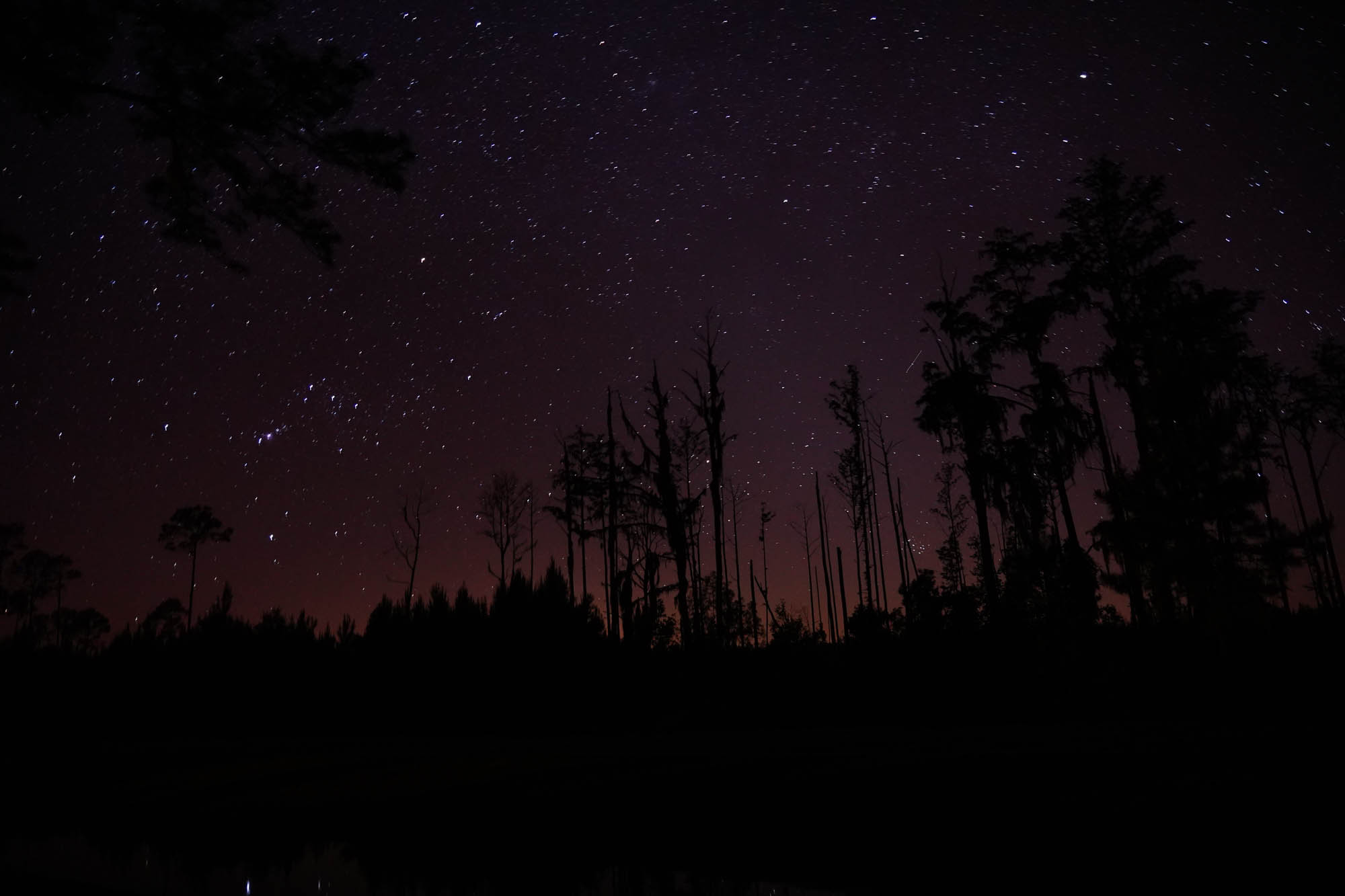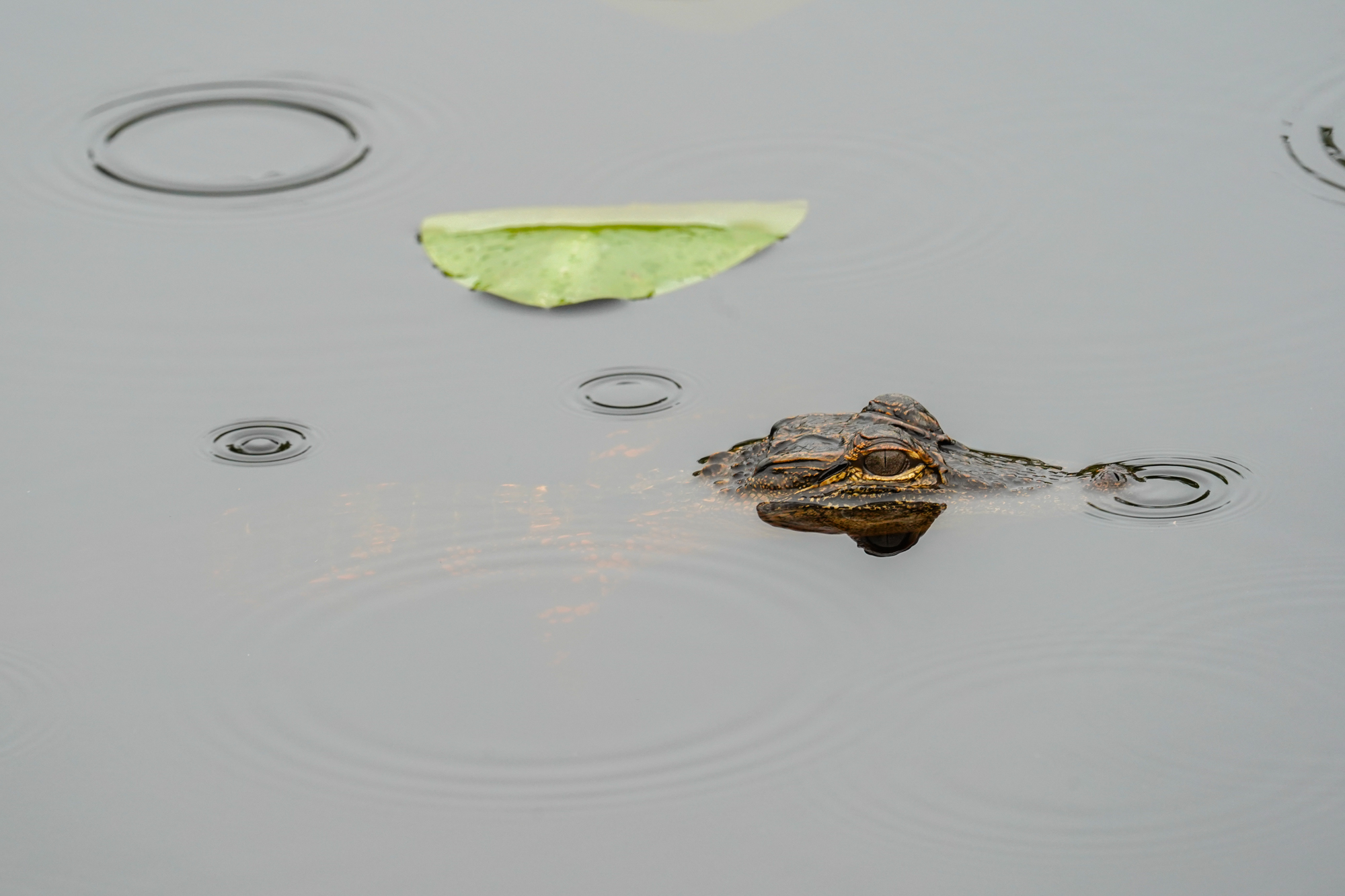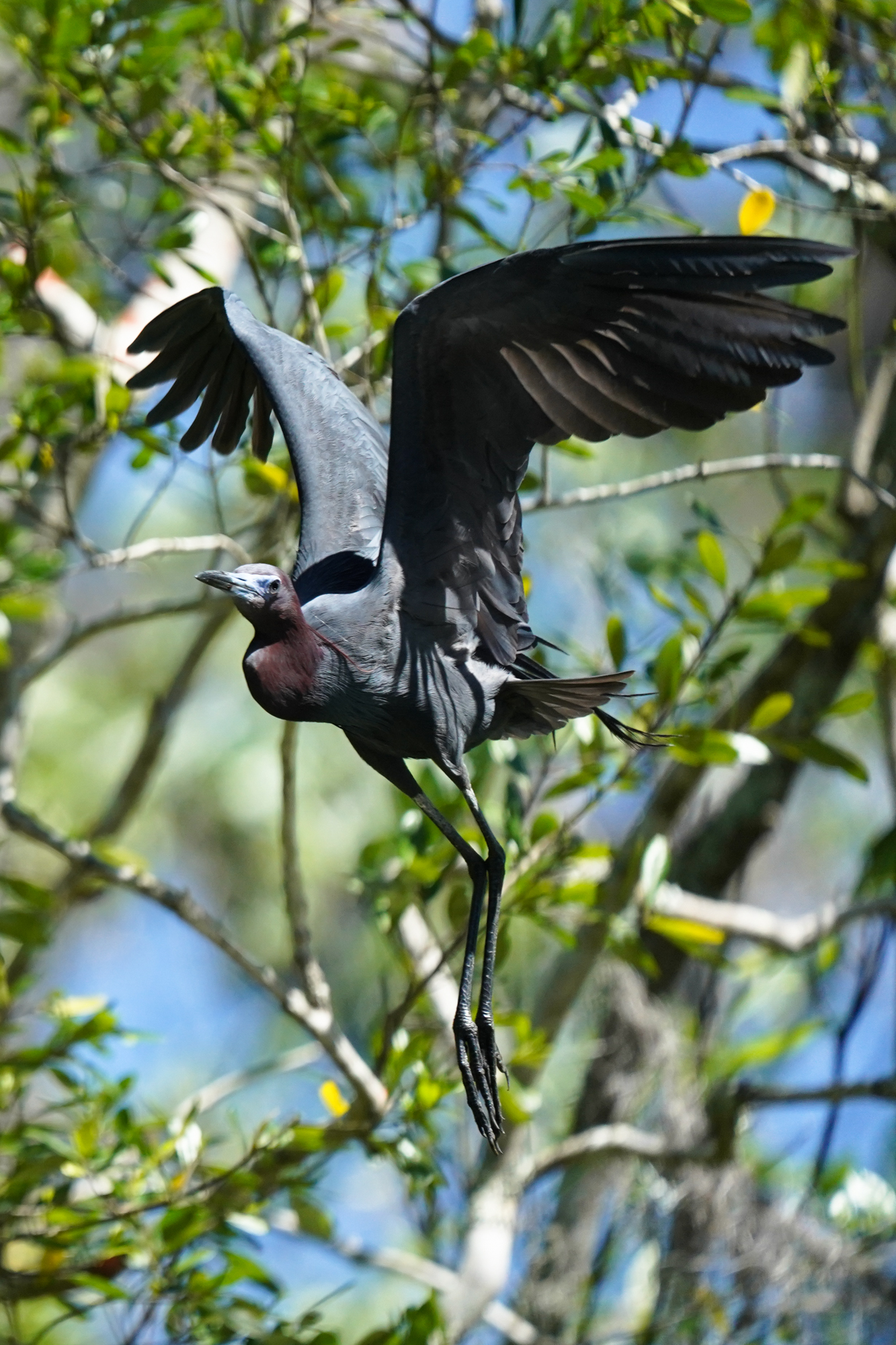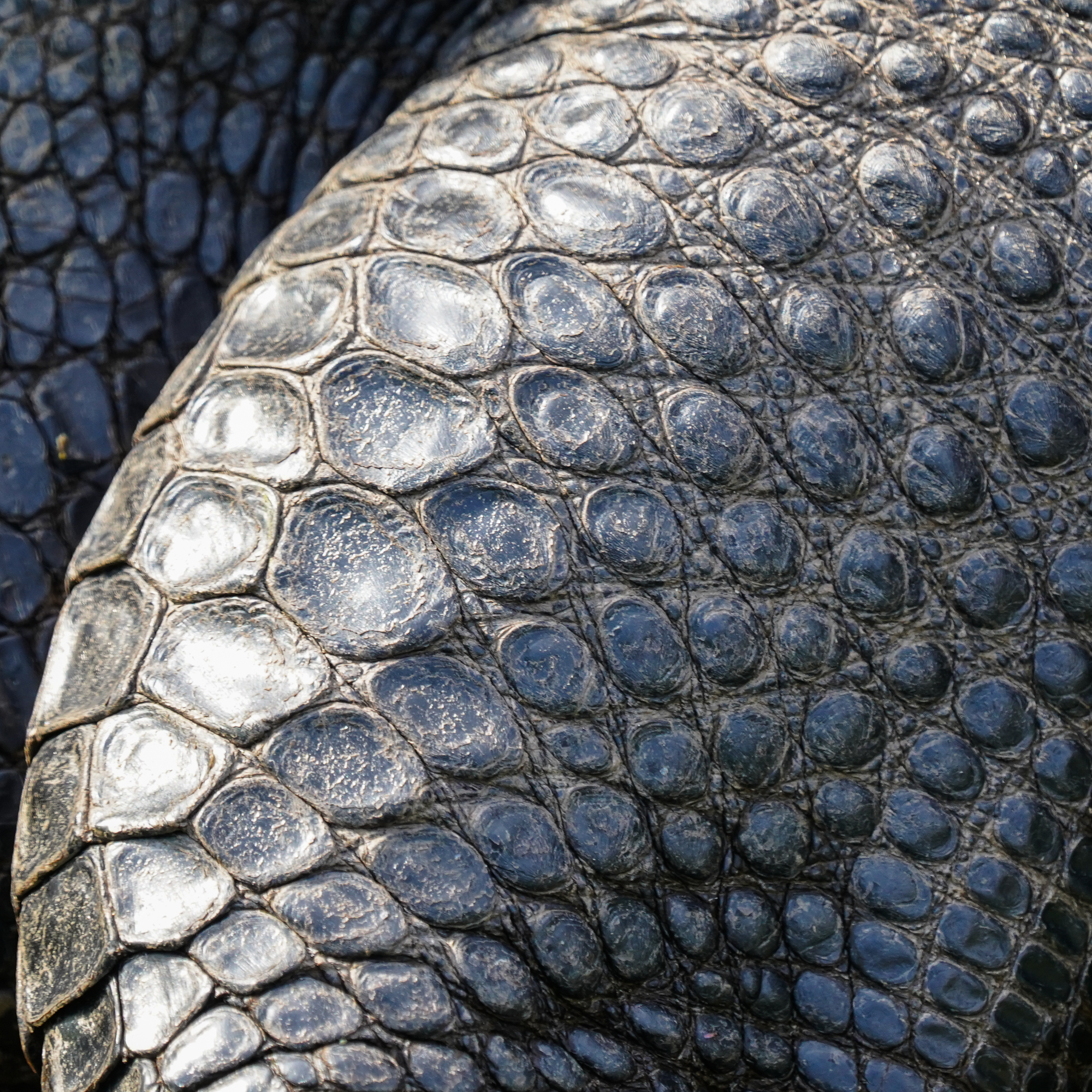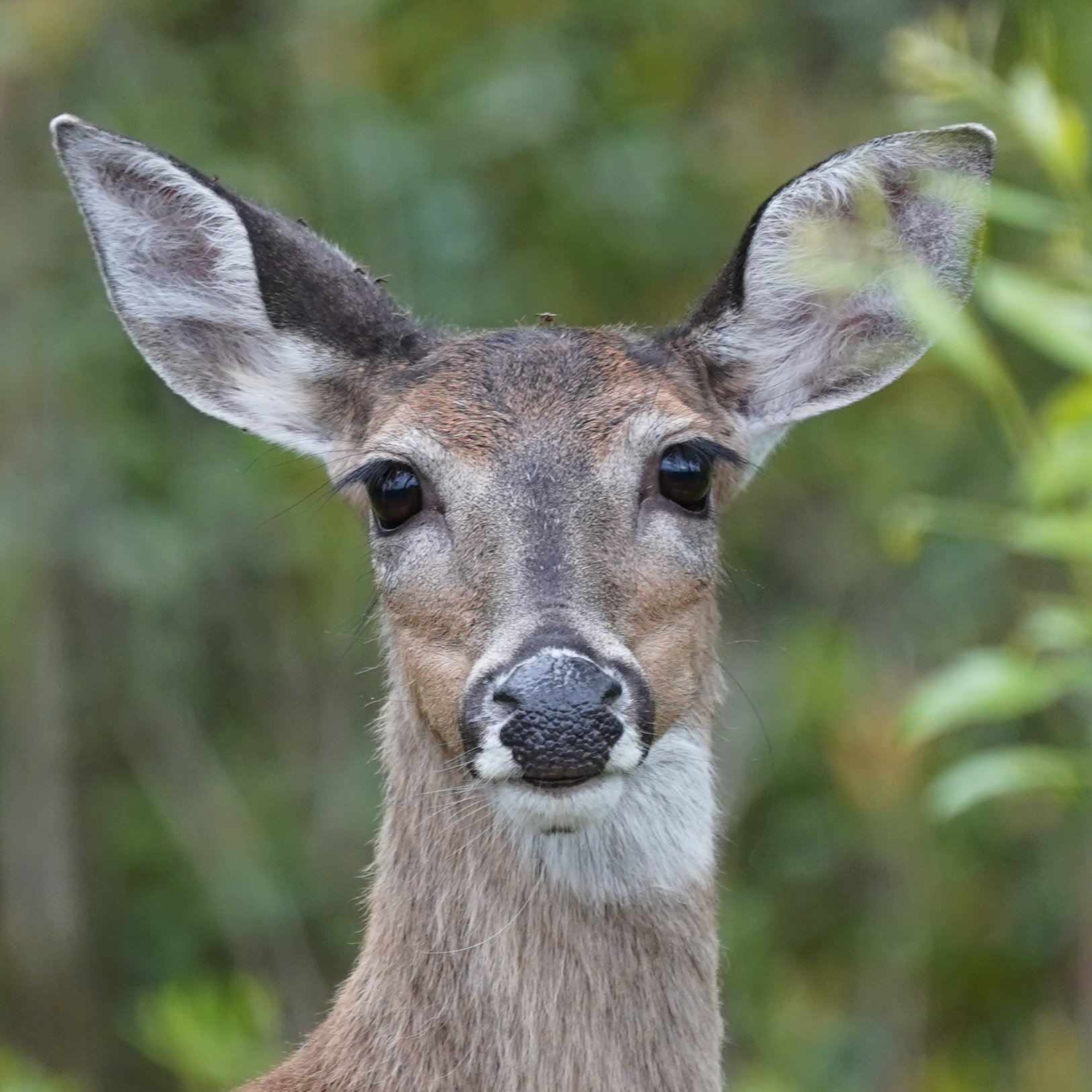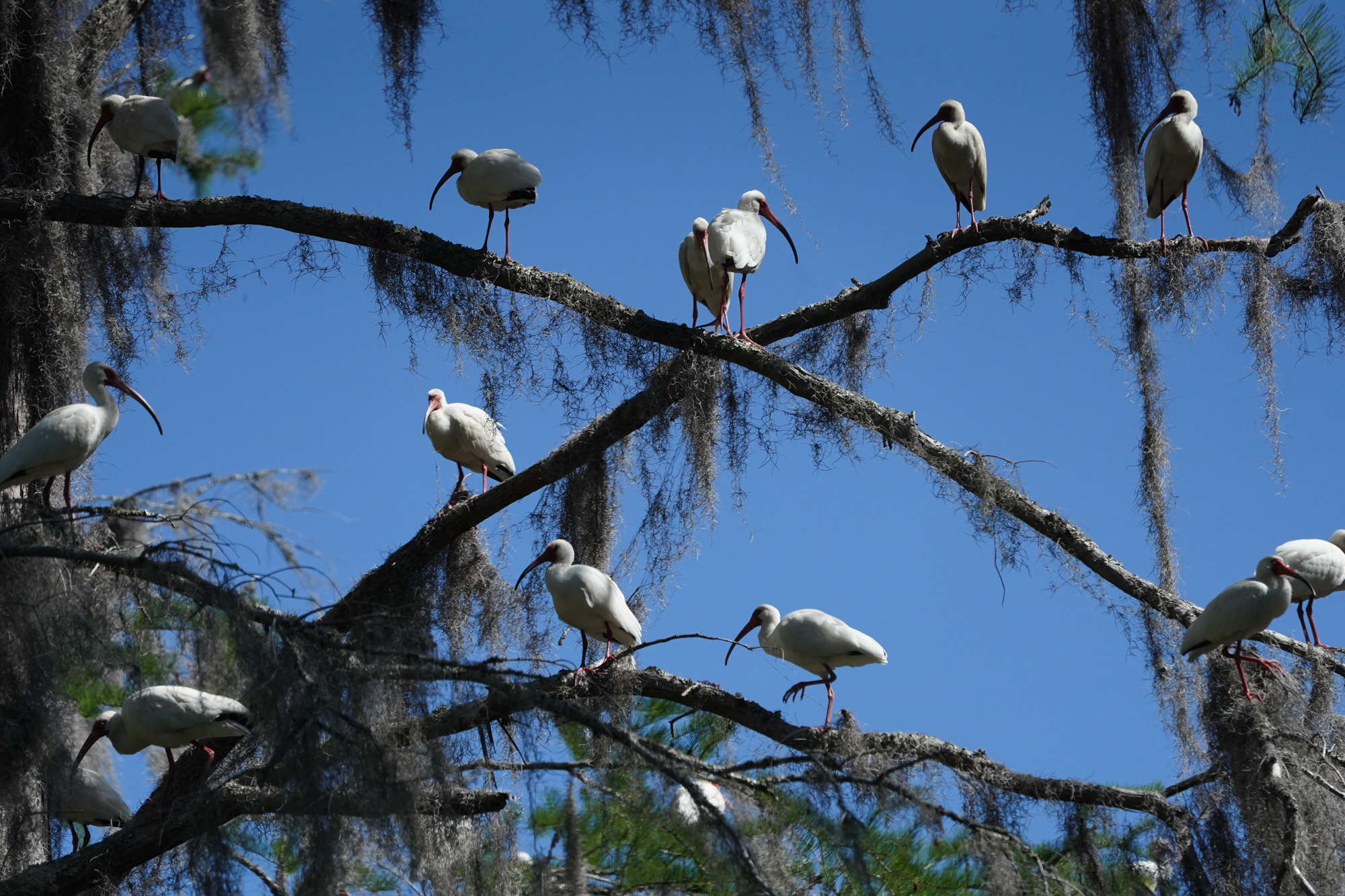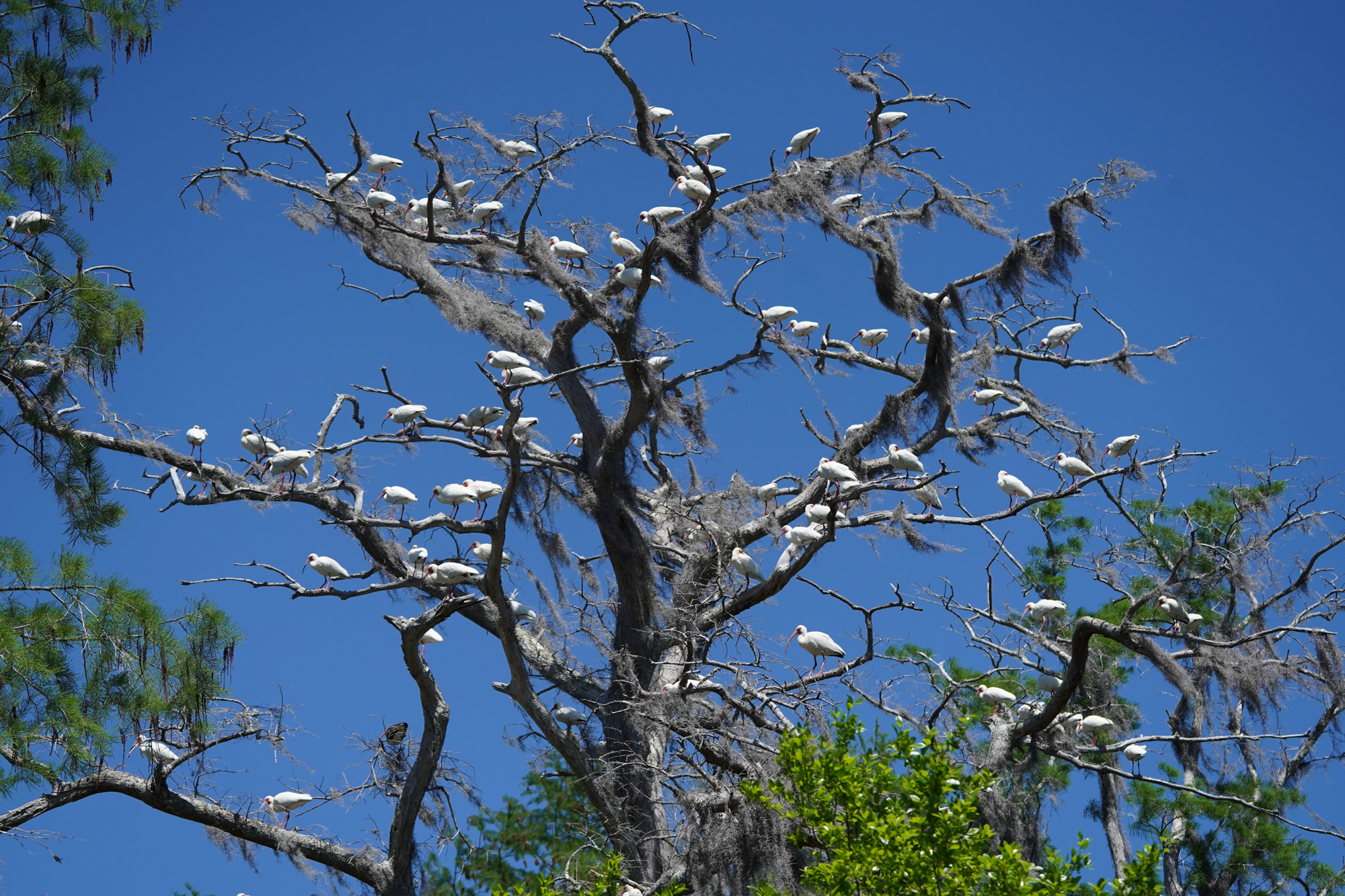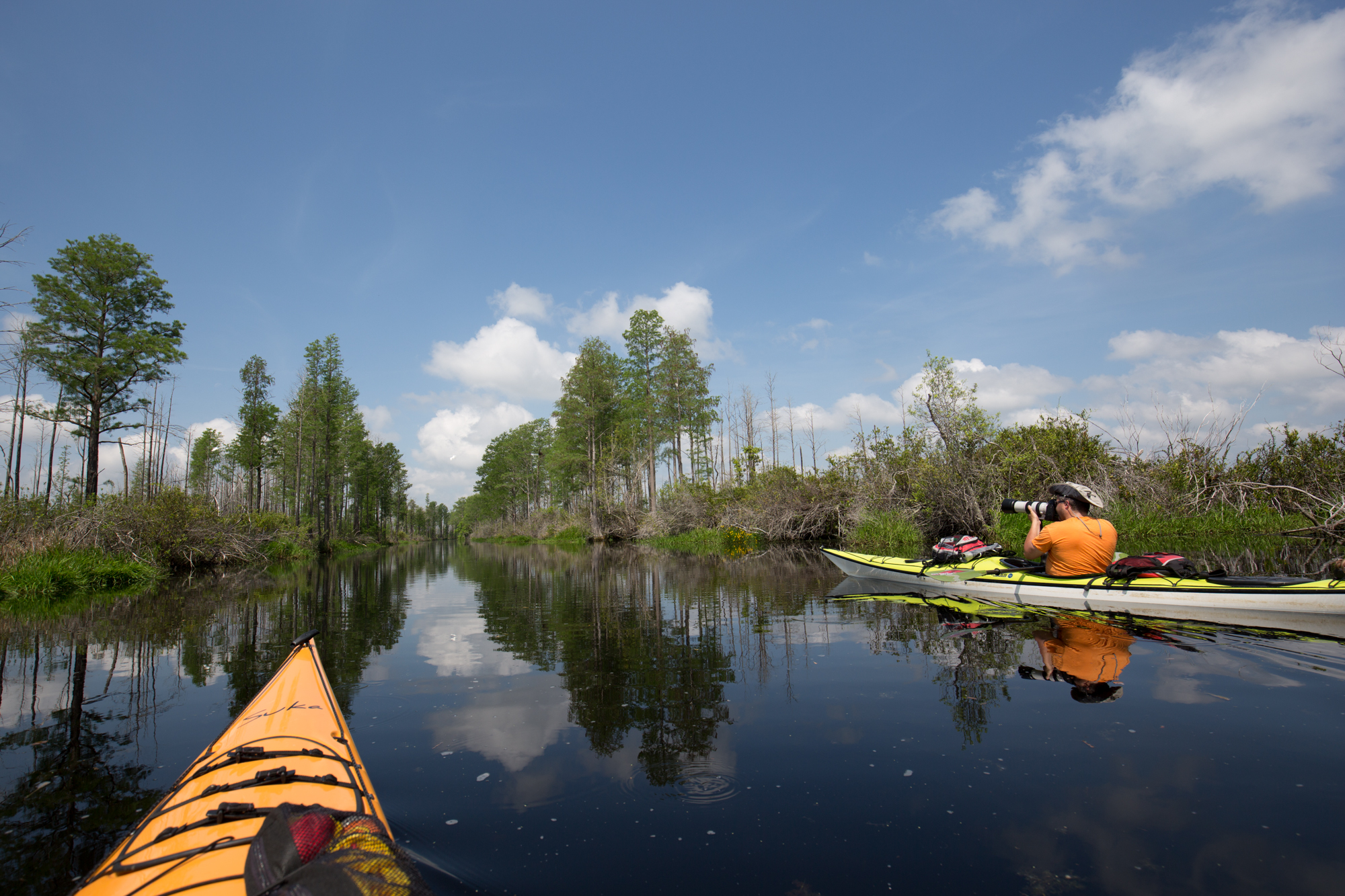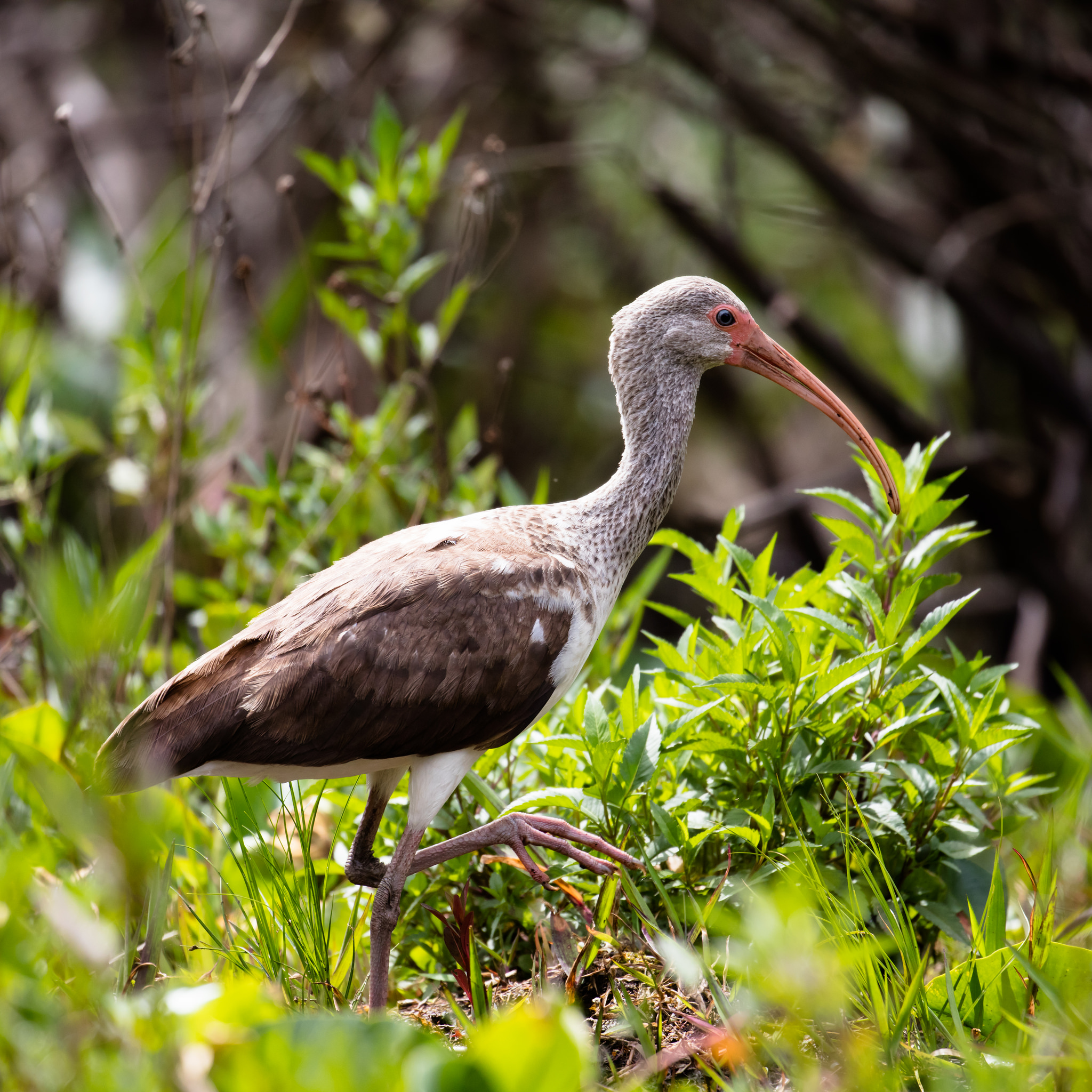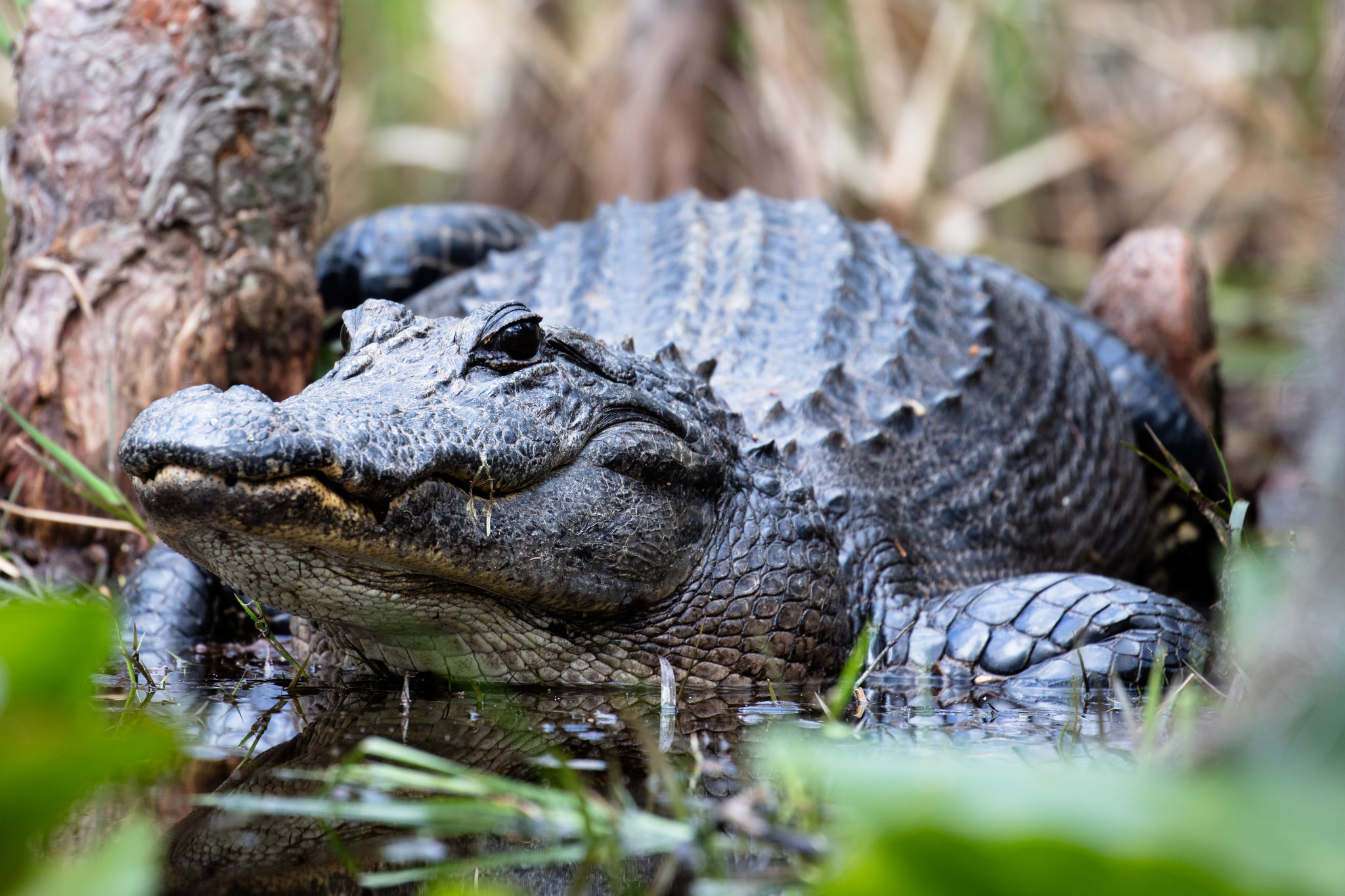Gator heading towards my kayak….not as close as it looks as this is a crop from a shot taken at 560mm
Growing up there were stories and TV shows on Saturday mornings of people living in the southern swamps. Amazing waterways with Cypress trees and grassy areas that you could travel by airboat. I had heard of the Okefenokee Swamp long ago but never thought much more about it until we were looking for a new road trip location and I saw this huge green area on the map. Up to this point we had hiked through Congaree National Park, kayaked on some rivers close to the coast but I don’t think we had a real appreciation for how big a swamp could be….or how much wildlife was living in one of these areas.
Salwa taking the lead down a side channel heading towards Minnie Lake
We have now made three trips to the swamp over our 4 years living in Upstate, South Carolina. The first time we stayed on the coast and made a side trip to Cumberland Island to see the wild horses. We really didn’t know what to expect on our trip into the swamp. We ended up there on a very hot day at the beginning of May in 2016.
We put in at the boat launch off Suwannee Canal Road on the east side of the Wildlife Refuge. Packing in our cameras, water, snacks but did not at this time realize how the sun down south can suck up your energy and burn your skin. Although we both had good hats, our arms and a couple patches on our legs were exposed and by the end of the day, were rather lobster-like. We both bought light long sleeve shirts almost immediately after that trip since the sun block really was not enough for 5 or 6 hours out in that sun.
Shooting little blue herons in Okefenokee Swamp - photo credit Salwa Farah (wanderingphocus.com)
Gear
We have gotten pretty good at packing camera gear for the kayaks, I usually carry 2 cameras so that I don’t ever have to change lenses in the boat. On the Sony A7RII I had a wide angle lens and the Canon 1D IV had the 100-400 (version II) telephoto. I usually put the wide angle in a waterproof deck bag and the telephoto starts off in a regular dry bag but I keep it between my knees on top of a little towel for getting those quick bird shots.
Circular polarizers are a necessity on these types of trips, they really cut the glare down and help keep the sky from getting blown out.
Little blue herons, everywhere you turned there were more of them.
I think we barely touched the surface of the swamp on the east side, even though we paddled for almost 6 hours. We went off on a side channel very soon into the paddle and that took us through some amazing areas of narrow streams opening into ponds or small lakes. Around every corner there was something to shoot. Gators swimming next to you or sunning on the shoreline, herons and egrets everywhere. We found one spot where there was two trees with nearly a hundred little blue herons. They didn’t seem to be interested in us but we did manage to get some interesting perched and inflight shots (at the time I didn’t think about getting a good shot of all together).
Getting ready to launch at Stephen C. Foster State Park. photo credit Salwa Farah (wanderingphocus.com)
Second time around
Next trip we decided to camp in the park and found a spot on the west side in Stephen C. Foster State Park. This is a beautiful park with really nice tenting spots as well as places for large campers and a few cabins for those who don’t like to sleep on the ground. Hiking around the campground you will likely see red-shouldered hawks as well as barred owls. On a clear day you can see Swallow-tailed Kites circling above you and Osprey fishing. Deer also wander around everywhere on park property.
red-shouldered hawk looking a little ragged after a massive rain storm
Kayaking here is amazing. Once you get out of the initial channel you move into a much larger channel that leads to multiple, smaller channels within less than an hours paddle.
I would highly suggest getting out before the sun comes up, especially on a calm days, as the reflections and the mist over the water can lead to some spectacular shots. From a nature perspective, on the morning we were out, the alligators were swimming near our kayaks and we got some amazing shots with reflections that are still some of my favourites of all time. There was a noise that we heard that morning that really chilled us to the bone. Male gators were doing a mating call in which they seem to vibrate their entire bodies to make a noise that sounds like something out of Jurassic Park. If we go back again I would love to get some video of the water bouncing off the scales of the gator as it vibrated like a speaker membrane.
calm water in the morning allows for some fantastic reflections.
Our most memorable paddle came from taking the first channel off the main route heading towards Big Water Lake (trail map link https://www.fws.gov/uploadedFiles/OkeWildMapSide.pdf ). On this route we passed through cypress tree forests, long narrow passageways with alligators only a few feet from us, openings with ibis and herons roosting in the trees and a great picnic stop to get out of the kayaks and stretch….just watch for the water moccasins resting by the shore. Kingfisher were abundant and always just out of picture range, teasing us by perching until we just got the cameras out and then moving up stream for another go.
blocking the way as my kayak turns while I’m trying to get a shot of baby alligators
There is a camping spot further up in Big Water that I think would be on our list for a future trip but this time we just headed back for some relaxing at the state park. Even though the sunsets were pretty beautiful, we were so tired by the time the sun went down we did not get a chance to be on the water for sunset shots….another reason to go back again.
boat launch on a clear night. Had to use a post to steady the shot…remember to bring tripod next time.
I haven’t had a lot of experience so far with astro photography but it was a nice surprise that we found out Okefenokee has been designated a dark sky area. I did take a couple of quick wide angle shots that turned out ok and it would be a lot of fun to do some more serious stacking and deep sky shots. It is very likely that if we go back I will be taking a telescope and tracking mount to get some long exposure shots.
warming up in the morning sun. This young alligator was not worried about us as we paddled by.
Things to remember for shooting in Okefenokee:
Camera perspective - There is so much to shoot but also so many ways to get the shot. In a Kayak you have a great opportunity to get a very low perspective both for landscapes and to get eye level shots of the alligators and birds.
Video - this is a great opportunity to get video using an action camera or your main SLR/mirrorless.
Tripod - Don’t forget a tripod for any night shots, focus stacking and panoramas.
Filters - Polarizers, ND filters, graduated filters are all useful for reducing glare, adding a sense of movement and dealing with the fact that you are going to have bright skies with dark shadows in many shots.
Lenses - get out your wide angle and your telephoto lenses, different perspectives can really change how you look for that shot….I guess by definition :)
Leading lines - with so many tree lines and creeks try to use them to your advantage in leading the eye to the subject or through your the photo.
Be aware - not just for shooting, you are in an area with animals that can seem to be safe to be near but they are wild and you can also unwittingly disturb them or damage their environment.
Even after 3 trips to the Okefenokee swamp we feel like we have barely scratched the surface of what there is to see. There are at least two other boat launches that we haven’t been to and camping in the refuge would allow us to see much more.
This gator was one of the bigger ones we saw, we were happy that it just wanted to sit in the sun.
